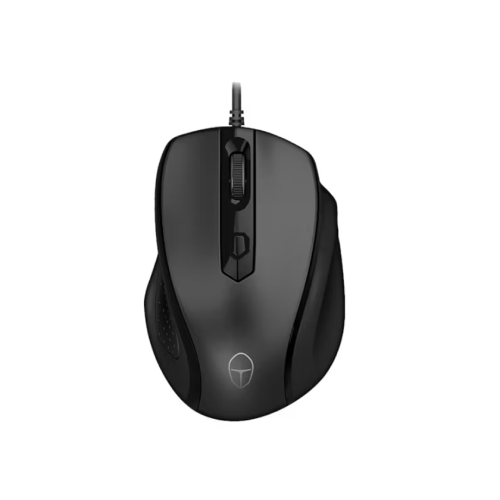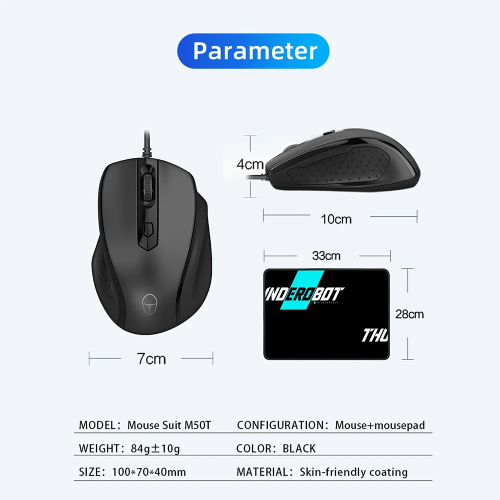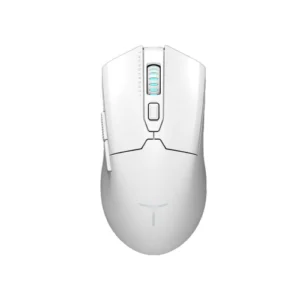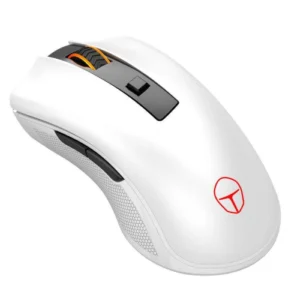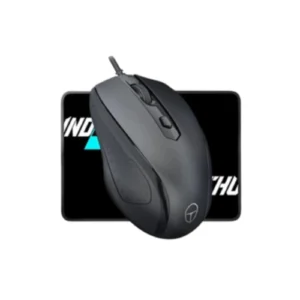Key Specifications of the Mouse
When evaluating a high-performance mouse, several essential specifications come into play that significantly influence its usability and effectiveness across various tasks. Among these specifications, the number of buttons, resolution, switch lifecycle, and tracking method stand out as critical factors.
The number of buttons on a mouse, typically around four for a standard high-performance model, can greatly enhance functionality. Each additional button can be customized to execute specific commands, which is particularly beneficial for gamers who require rapid access to multiple functions. This flexibility allows users to streamline their workflow or gaming strategy, reducing the need to rely on keyboard shortcuts.
Resolution, measured in dots per inch (dpi), is another crucial specification influencing the mouse’s precision and responsiveness. A resolution of 2000 dpi is commonly associated with high-performance mice, providing smooth cursor movement and accuracy during fast-paced activities, such as gaming or graphic design. It is important to note that higher dpi values can be beneficial for detailed tasks; however, they also require a steady hand to avoid misclicks.
Switch lifecycle is another significant specification that pertains to the durability of the mouse’s buttons. A lifecycle rating of approximately 1 million clicks indicates a robust design that can withstand extensive use without failure. This longevity is particularly vital for professional users and gamers who rely on their equipment for extended sessions, ensuring minimal disruptions and a longer investment in their hardware.
Finally, the tracking method, with optical sensors being the standard for high-performance mice, plays a vital role in cursor accuracy on various surfaces. Optical tracking provides consistent performance, enhancing the user experience whether in desktop applications or gaming environments. Overall, these key specifications work in concert to deliver a mouse that meets the demands of intense usage across multiple contexts.
Design and Connectivity Aspects
When selecting a high-performance mouse, design and connectivity features play a significant role in user experience. One of the key specifications to consider is the mouse’s dimensions. With a length, width, and height of 107 x 40 mm, the compact size contributes to its ergonomic design. This dimensioning allows for easy grip and maneuverability, catering to various hand sizes and preferences. The weight of approximately 84g further enhances its usability, allowing users to enjoy extended gaming or work sessions without fatigue. A well-balanced mouse ensures reduced strain during prolonged use, making it suitable for both casual and professional gamers as well as office users.
Connectivity is another vital aspect of a high-performance mouse. The standard connector type for this model is USB, which is widely recognized for its ease of use and compatibility with various devices. This connection type ensures a reliable and lag-free performance, which is crucial for gamers who require immediate responsiveness. USB connectivity also simplifies the setup process; users can plug the mouse into their computer without the need for additional software or extensive configuration. This convenience appeals to both novice and experienced users alike.
Additionally, the brand offers a warranty period of one year, which reflects its commitment to reliability and customer support. A one-year warranty gives users peace of mind regarding their investment and indicates the manufacturer’s confidence in its product’s durability. Quality assurance is a critical factor when selecting a high-performance mouse, as it assures consumers that they are choosing a product that has been tested for functionality and performance.
All these elements—design, weight, connectivity, and warranty—contribute significantly to the overall functionality and comfort of the mouse, making it a preferred choice among various user types.

